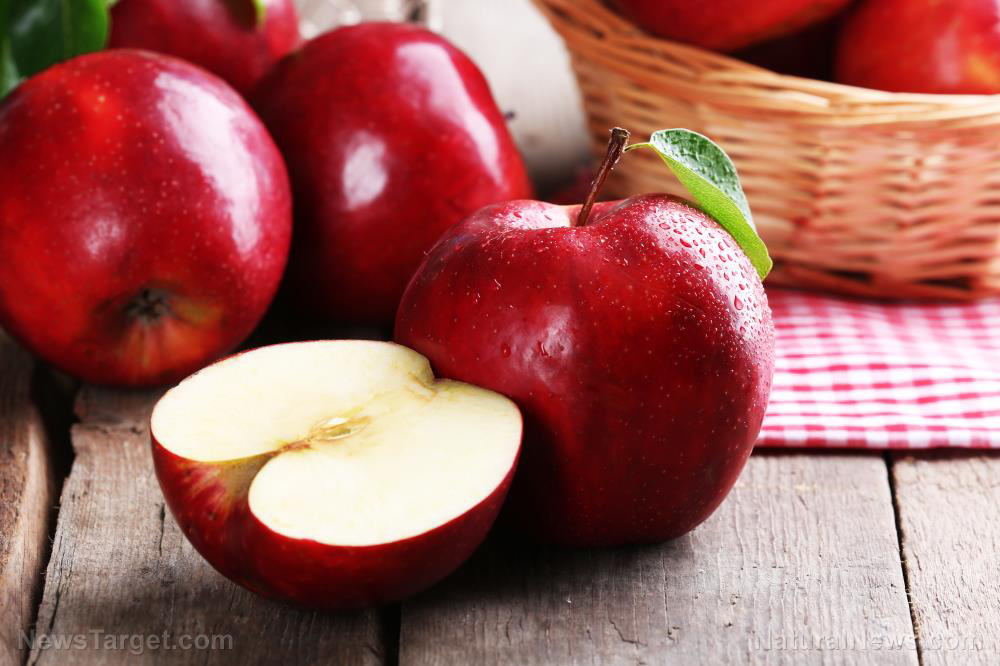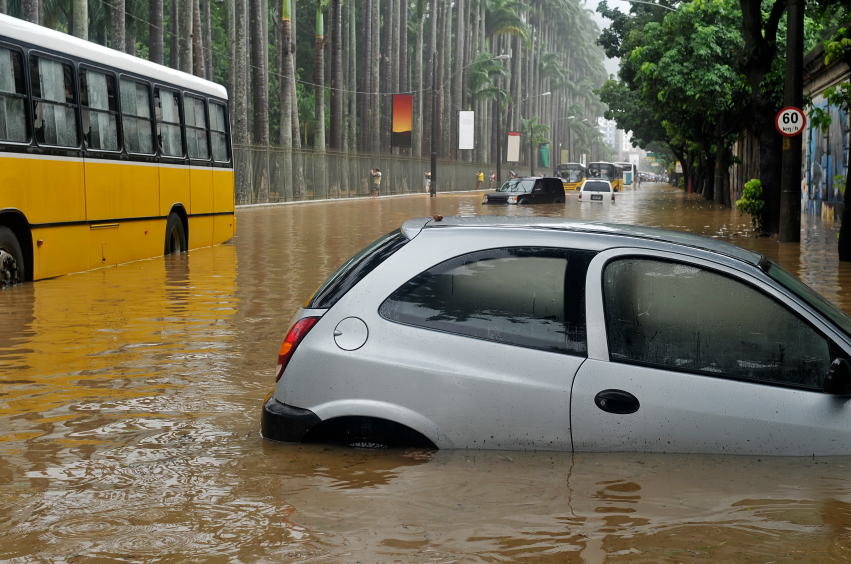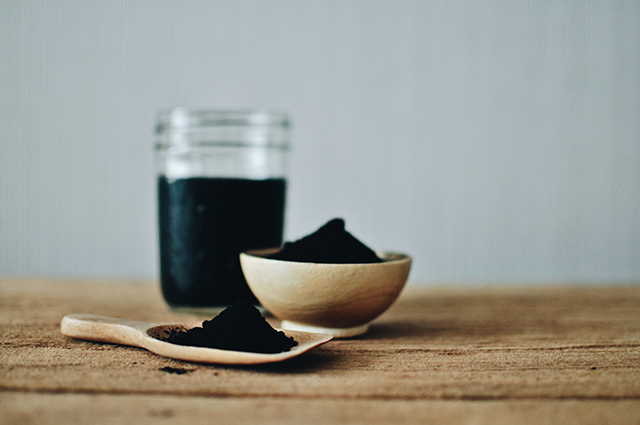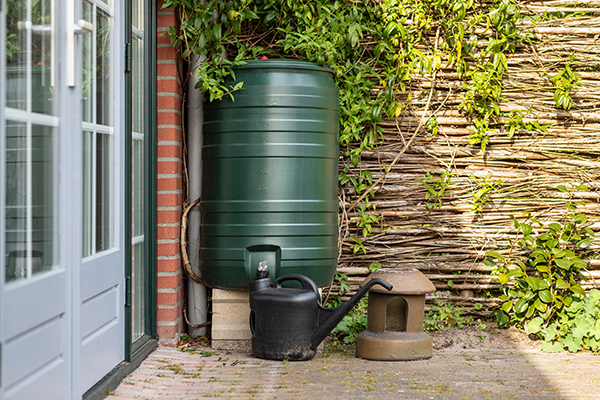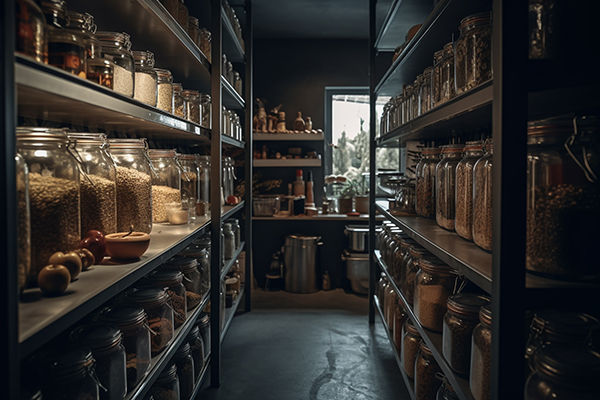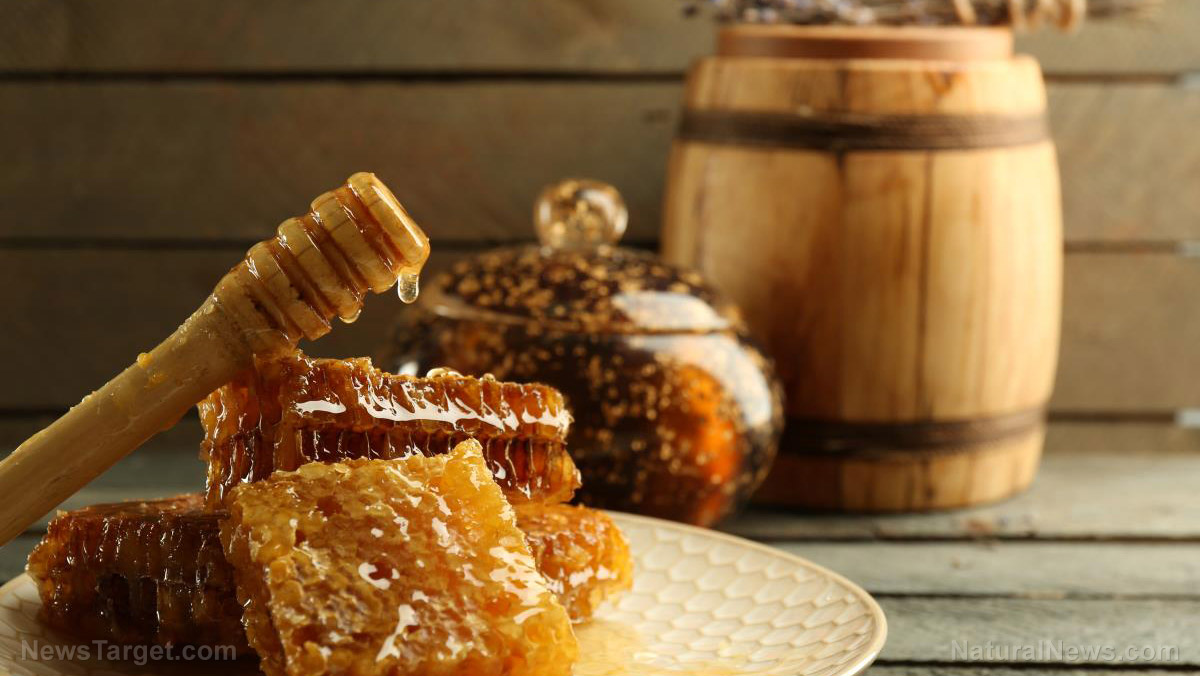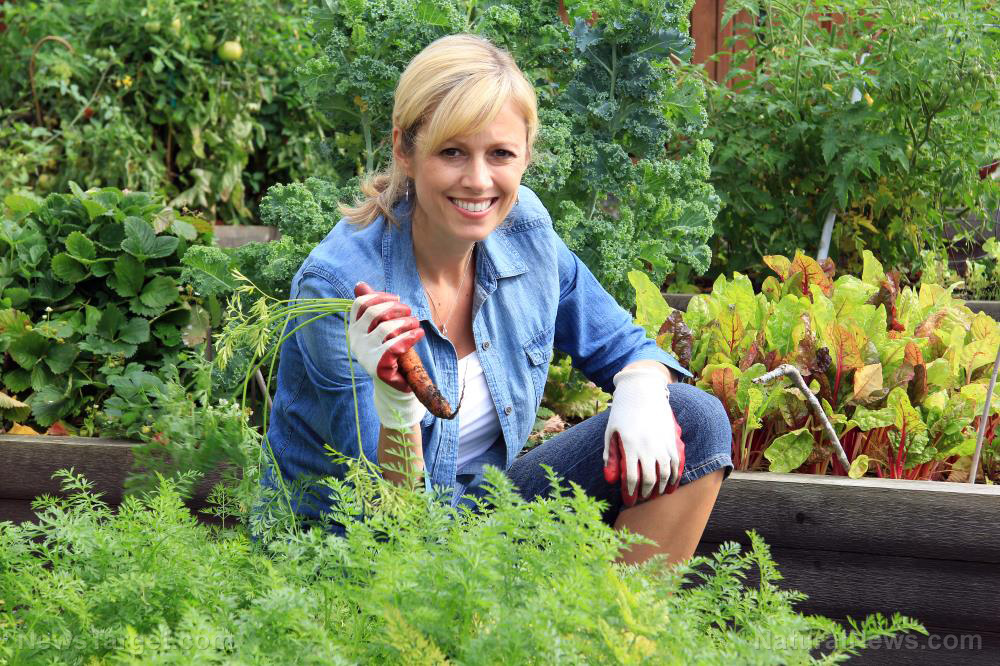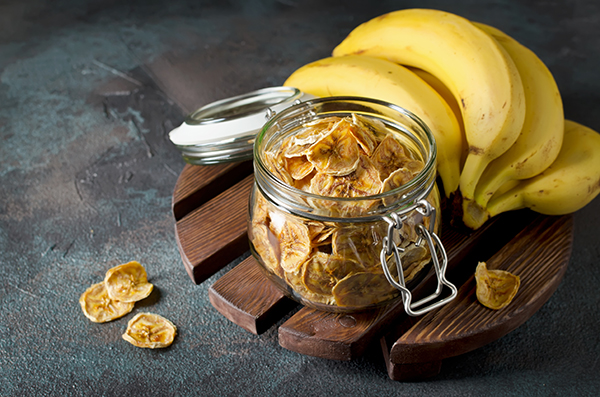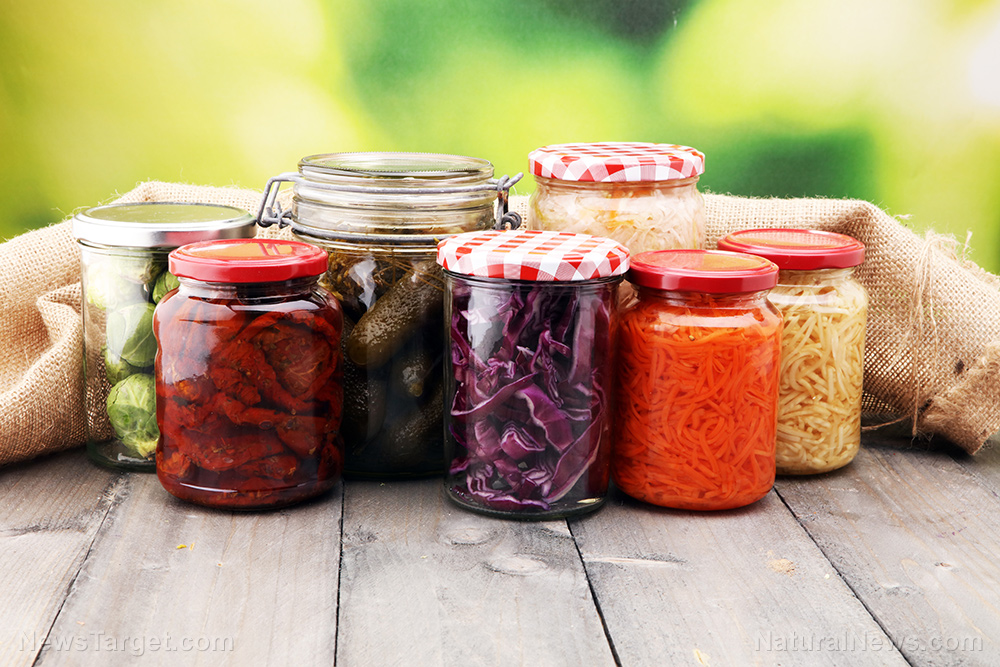Prepping guide: Salting meat for long-term preservation
Human knowledge is under attack! Governments and powerful corporations are using censorship to wipe out humanity's knowledge base about nutrition, herbs, self-reliance, natural immunity, food production, preparedness and much more. We are preserving human knowledge using AI technology while building the infrastructure of human freedom. Speak freely without censorship at the new decentralized, blockchain-power Brighteon.io. Explore our free, downloadable generative AI tools at Brighteon.AI. Support our efforts to build the infrastructure of human freedom by shopping at HealthRangerStore.com, featuring lab-tested, certified organic, non-GMO foods and nutritional solutions.
06/04/2024 / By HRS Editors
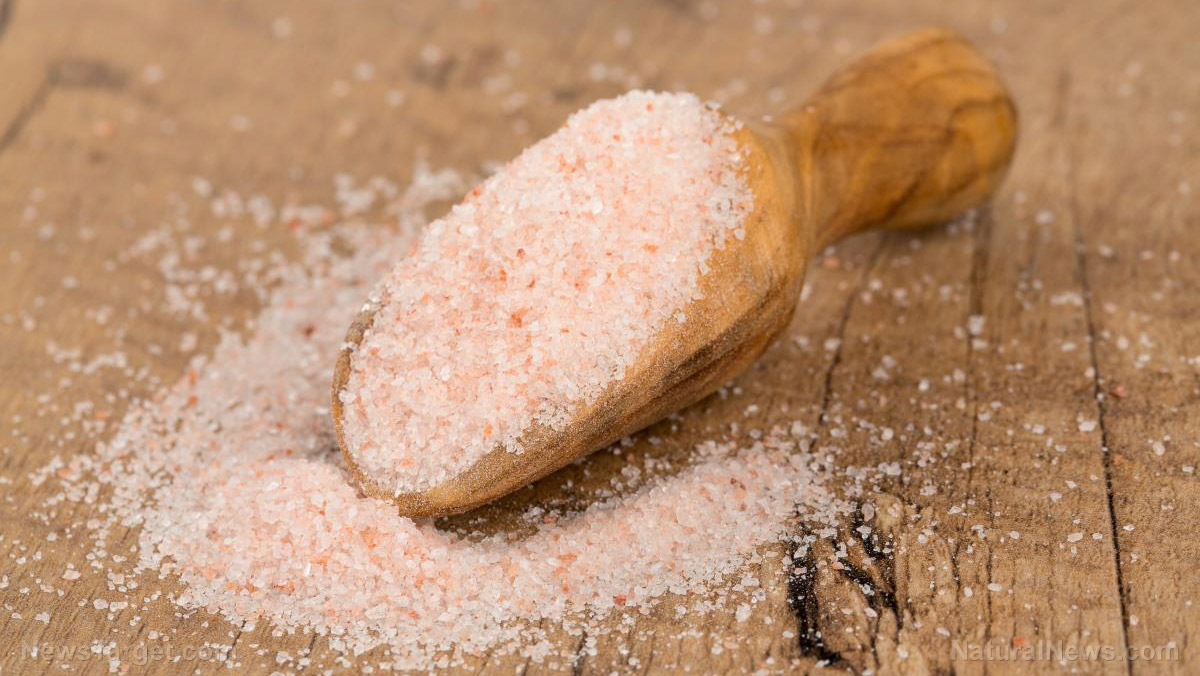
Food preservation is an important skill for preppers and survivalists.
There are many food preservation methods, but one traditional method that has stood the test of time is salting or curing. (h/t to Prepper.life)
Salting has been used for centuries to prepare food that will remain edible for extended periods, especially back when refrigeration and modern preservation methods were not yet available. Salting has deep roots in human history. Before the invention of refrigerators, people needed ways to store food.
Early civilizations, including the Greeks and Romans, discovered that salt could help preserve fish, meat and vegetables.
The process of salting or curing involves coating or soaking food in lots of salt, an ingredient that inhibits the growth of bacteria and slows down the spoilage process.
During the Middle Ages, salt became a precious commodity and it was often called “white gold.” Salt was used not only to preserve food but also as a method of trade.
The importance of salt in preserving food became more evident during long sea voyages, where salted provisions ensured that sailors could eat for months.
Benefits of salting/salt curing for prepping and survival
Salting as a food preservation method is crucial for anyone who wants to prepare for emergencies.
Here are some of the benefits of salting:
Extended shelf life
Salting can significantly extend the shelf life of food like different kinds of meat. This food preservation method helps provide a reliable source of sustenance during emergencies or survival situations.
Portability
Salted foods are usually more portable than fresh ones, making them ideal for a bug-out bag or emergency kit.
Reduced dependence on modern tech
When SHTF and there’s a power outage, traditional preservation methods like salting can help reduce dependence on modern technology like refrigerators and freezers.
Diversified diet
With a variety of salted foods, you can maintain a more diversified diet, ensuring essential nutrients over an extended period. (Related: Canning, drying and more: The art of food preservation across cultures.)
Tips for DIY salting
Salting meats and other foods at home is a great way to add more supplies to your survival stockpile. Simple yet effective, salting can extend the shelf life of meats, fish, or vegetables.
Keep in mind that the time it takes to fully cure food through salting can vary depending on different factors, such as the type of food being cured, the size of the pieces, and the concentration of salt used.
For meats like beef or pork, a general rule of thumb is to allow about one day of curing time for every one inch of thickness. Larger cuts of meat may require a longer curing period.
Because fish is more delicate, it often requires less time, usually ranging from several hours to a couple of days.
Vegetables can have a shorter curing time, ranging from a few hours to a day.
Always monitor the food during the curing process and adjust the time based on personal preference and the desired level of saltiness. Follow a trusted recipe when curing food to ensure food safety and quality.
Here are the basic steps for DIY salting:
Choose the right salt
Select high-quality, non-iodized salt for the best results. It is best to use kosher salt or sea salt without additives works well for curing.
You can also try using lab-verified Pink Himalayan salt for salting.
Prepare the food
Cut the meat, fish, or vegetables into smaller pieces for even salting.
Use paper towels to remove excess fat or moisture, which can cause spoilage.
Layer with salt
Place an even layer of salt at the bottom of your container, add a layer of food and cover it thoroughly with another layer of salt. Repeat the process until all the food is covered.
Storage
Once done, store the salted food in a cool, dry place. Storing salted meat in a dark environment helps maintain the quality of the preserved food.
Check and rotate
Like other foods in your stockpile, salted meat must be regularly checked for any signs of spoilage.
If needed, rotate the pieces and add more salt.
Where to get lab-verified Pink Himalayan Salt for your prepping stockpile
The Health Ranger Store is committed to helping you prepare for emergencies and survival scenarios.
That’s why we’re proud to introduce Pink Himalayan Salt Fine Ground, which you can use for cooking and curing meats.
A healthier alternative to regular salt, pink Himalayan salt can contain up to 84 different beneficial trace minerals without the harmful additives often found in regular table salt.
It is also an underrated preparedness item that can be used for long-term storage. You can use it to create an emergency rehydration fluid, a saline solution, to preserve food, and more.
Our Health Ranger Select Pink Himalayan Salt contains a full spectrum of electrolytes and trace minerals that are usually stripped away from regular table salt.
It is mined from ancient sea salt deposits located deep inside the Himalayan Mountains using the traditional room and pillar mining method. The mined salt crystals are thoroughly inspected and sorted to ensure quality and purity.
Health Ranger Select Pink Himalayan Salt Fine Ground is not subjected to irradiation and contains no GMOs, gluten, anti-caking or bonding agents, additives, or processing aids.
It is also vegan, non-China, certified Kosher and lab-tested for glyphosate, heavy metals and microbes.
Visit Health Ranger Store and Brighteon Store to browse other clean foods for your prepping needs.
You can also visit FoodStorage.news for more tips on food preservation techniques and proper food storage tips.
Watch the video below to learn more about the benefits of stocking up on pink Himalayan salt.
This video is from the Health Ranger Store channel on Brighteon.com.
More related stories:
Sprouts: Your perfect emergency preparedness food choice.
Preparedness solutions: The many uses of VINEGAR beyond cooking.
Prepping tips: How to prepare a food storage starter kit.
Sources include:
Submit a correction >>
Tagged Under:
curing, emergency food, food freedom, food independence, Food Preservation, Food storage, food supply, Himalayan Salt, homesteading, how-to, meat curing, off grid, pink Himalayan salt, preparedness, prepper, prepper pantry, prepping, prepping stockpile, salting, SHTF, survival, tips
This article may contain statements that reflect the opinion of the author
Get independent news alerts on natural cures, food lab tests, cannabis medicine, science, robotics, drones, privacy and more from NewsTarget.com
Get independent news alerts on natural cures, food lab tests, cannabis medicine, science, robotics, drones, privacy and more from NewsTarget.com
RECENT NEWS & ARTICLES
COPYRIGHT © 2017 · SURVIVAL NEWS



